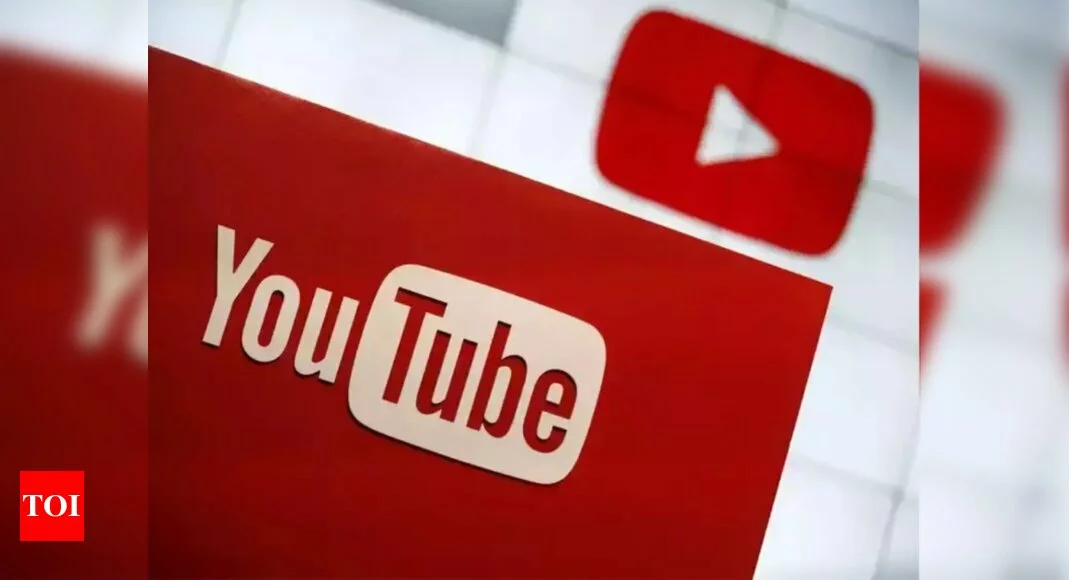Explained: Popular image file formats you should know about – Times of India
If you have ever wondered why are there multiple image formats then you have reached the right place. Everyone has at one point or another come across terms like JPG, PNG, WebP but not everyone understands what is the difference between each of them and which format delivers best results in different circumstances. Here we explain the few popular and commonly used image formats:
JPEG
Probably the most commonly used image format, JPEG stands for Joint Photographic Experts Group. This image format is compatible with most OS and is ideal in cases where you want to keep the size of the picture small. However, on the flip side, you may find images saved in this format to lack detail. JPEG images are commonly known to be “lossy” as information from the original image I’m this format.
JPG
While you may have seen images sporting both .jpeg and .jpg file formats, in reality, there is no difference between the two. Apparently, the term JPG exists as earlier versions of Windows operating systems came with a maximum 3-letter limit when it came to file names. Thus the pros and cons of JPG files are the same as those of JPEG.
GIF
A highly popular mode of communication between millennials, GIF — short for Graphics Interchange Format — is a highly used file format on the internet due to its ability to show multiple frames in a single file. Also, in most cases the size of GIF files is small, making it easier to upload and widely circulate. On the tip side, GIF files suffer from lack of detail and inability to easily edit.
PNG
PNG stands for Portable Network Graphics is an image format that is said to be specifically designed for web use as images of this format are well-detailed with no loss in quality, which means that they have an edge over JPEG/JPG and GIFs. This is ideally used when the image quality needs to be maintained, which is why you may find files of this size heavy and not compatible everywhere.
WebP
An open image file format, WebP stands for Web Picture is a file format that you may have noticed is now widely used by websites. This file format supports higher colour depths and frames. Additionally, they are smaller in size than JPEG and PNG files. The only issue with this format is that not all browsers support it.
TIFF
Short for Tagged Image File Format, this image file format is widely popular among graphic designers and photographers. Images in this format offer high-quality colour and therefore used for files that need to be printed. Files of this format are naturally large in size and are therefore not compatible with all web browsers.

